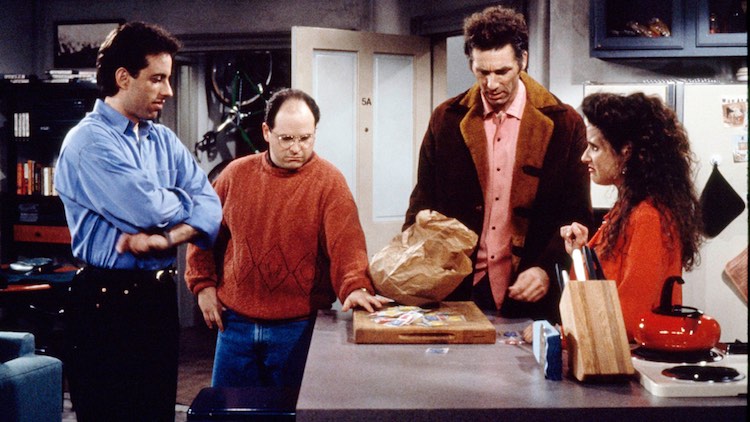No More ‘Guilty Pleasures’: Binging Bravado Grows

The notion of TV as a “guilty pleasure” has been around for decades. When I was a kid, the set itself was referred to as the “idiot box,” and shows like the soaps, Let’s Make a Deal and Geraldo were as shameful as they were addictive.
During my days at the Oxygen Network, the advent of reality TV multiplied the opportunities for “guilty pleasure” viewing—and, in many ways, made that phrase obsolete.
A similar evolution has taken place around the term binge viewing—the act of watching three or more episodes of the same show in one sitting. Once viewed as a sign of laziness and a deep lack of ambition or responsibility (“Who can afford to watch that much TV?”), binge viewing has truly come into its own in the days of OTT TV.
Far from being the fallback of passive couch potatoes, binge watching is now a deliberate strategy employed by both hardcore show fans and those who want to sample something new. Programmers and advertisers alike have begun catering to this habit, carefully choosing the release dates for full seasons of high-profile streaming series, and encouraging brands to sponsor the stacks of traditional TV marathons (think of holiday marathons of Seinfeld or Friends).
In GfK MRI’s latest Cord Evolution research, we found that more than half (62%) of respondents reported significant binge viewing—an increase of 9% in just 10 months. Among the 62%, 18% say they binge “all or most of the time,” 21% binge “more than half of the time,” and 23% binge “less than half the time.” These groups spend at least 5 hours binge viewing in a typical week. For those who binge more than half of their total viewing time, that number jumps to 10 hours.
And almost two-thirds (64%) of significant binge viewers have a positive view of their habit—quite a shift from the “idiot box” days. Just about three out of four bingers (73%) say it is “so fun to binge watch, I have a hard time stopping,” and more than half (58%) feel that they need to binge view so they can catch up and be part of the latest conversations. Fully half (50%) of regular binge viewers say they fall into a funk when they don’t know what to binge watch.
While 21% are binging on original shows from streaming services, more than three-fourths are binging on existing programs and “old favorites” from network providers.
We also found that 18- to 34-year-olds are among the most prolific bingers, with 84% being significant bingers, and 64% saying they binge view more than half the time they watch—an average of 11 hours per week. This age group is also more likely to say that live TV has become more of a special event for them and that binge viewing makes them feel more connected to the shows they watch.
To market to bingers, advertisers and brands need to look for creative ways of weaving marketing messages in and around the “extreme viewing” experience. Finding ways to sponsor that content and plant brands in binge-worthy shows will pay dividends with these enthusiastic viewers and fans.
Karen Ramspacher is senior VP of consumer insights for GfK MRI’s special research on TV viewing.
Broadcasting & Cable Newsletter
The smarter way to stay on top of broadcasting and cable industry. Sign up below



